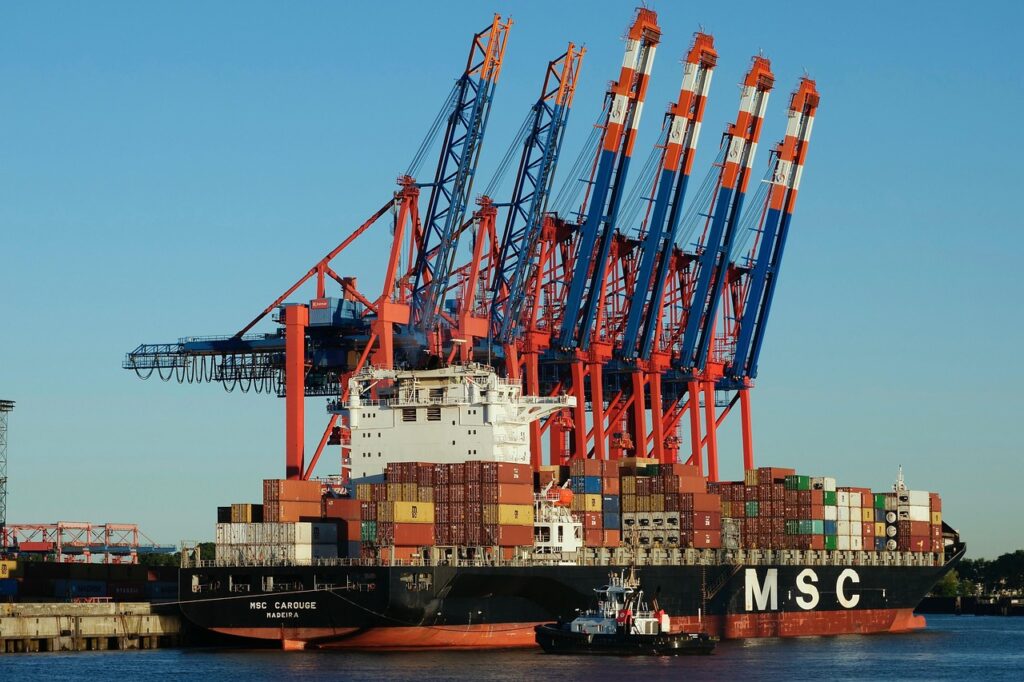China asked three questions about the trade agreement between the United States and Indonesia during a meeting at the end of September at the World Trade Organization (WTO).
The US has signed reciprocal tariff agreements with various countries. It seeks to balance trade deficits through bilateral tariffs ranging from 10% to over 30%. In the case of Indonesia, Washington agreed to reduce the tariff to 19%. In return, Jakarta will remove barriers and limit restrictions on key exports.
Trade agreement between the United States and Indonesia
According to the US State Department, Indonesia has the largest economy in Southeast Asia. Its growth is supported by natural resources, manufacturing, and services. In addition, it maintains stability, an expanding middle class, and a commitment to infrastructure, renewable energy, and sustainable investment.
On July 22, 2025, the White House announced the Reciprocal Trade Agreement with Indonesia. Under this agreement, the United States will apply a 19% tariff on Indonesian imports. In exchange, Indonesia will eliminate nearly 99% of tariff barriers on US industrial, food, and agricultural products. It will also exempt food and agricultural products from import licenses and purchase approximately $4.5 billion worth of soybeans, soybean meal, wheat, and cotton from the United States.
Questions from China
At the meeting, China asked Indonesia to clarify the following questions:
- When will the Agreement enter into force and be notified to the WTO?
- How will Indonesia ensure compliance with its WTO obligations, given that the Agreement is clearly inconsistent with Article XXIV of the GATT, which allows for the creation of a free trade area in which the parties will eliminate tariffs on virtually all trade?
- Will Indonesia apply its tariff elimination and import license exemptions for U.S. agricultural and industrial products on a Most-Favored-Nation (MFN) tariff basis?
In the WTO, each country sets maximum limits on its tariffs and must grant MFN status to all members. Although the term suggests preferential treatment, it actually means applying the same rates to everyone equally.

